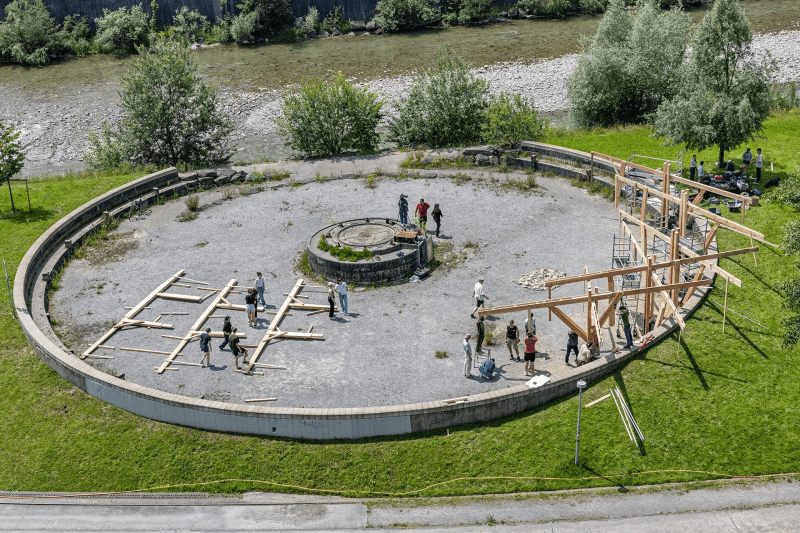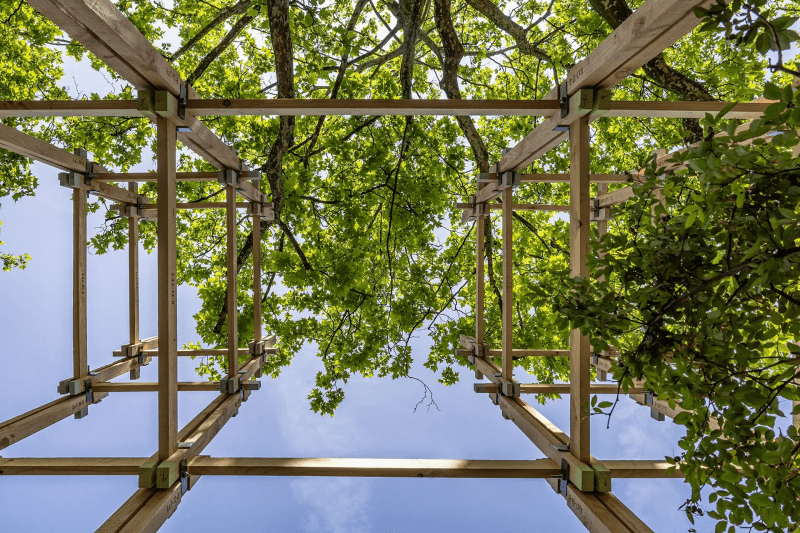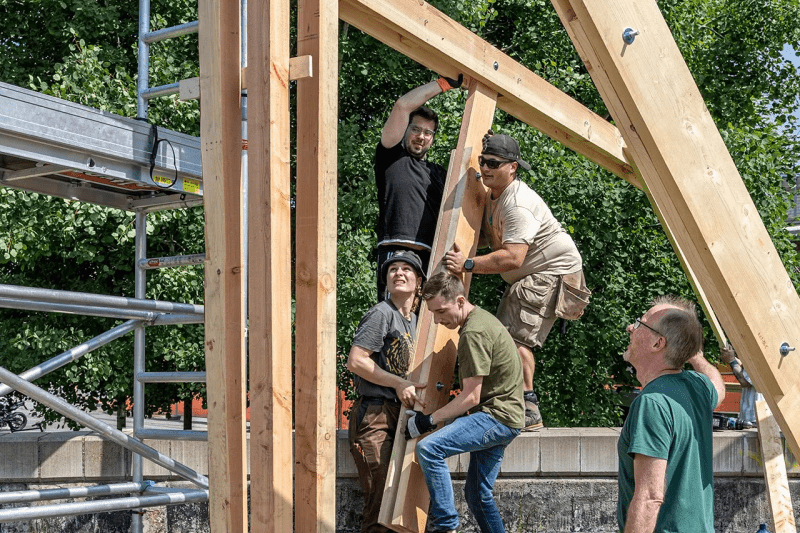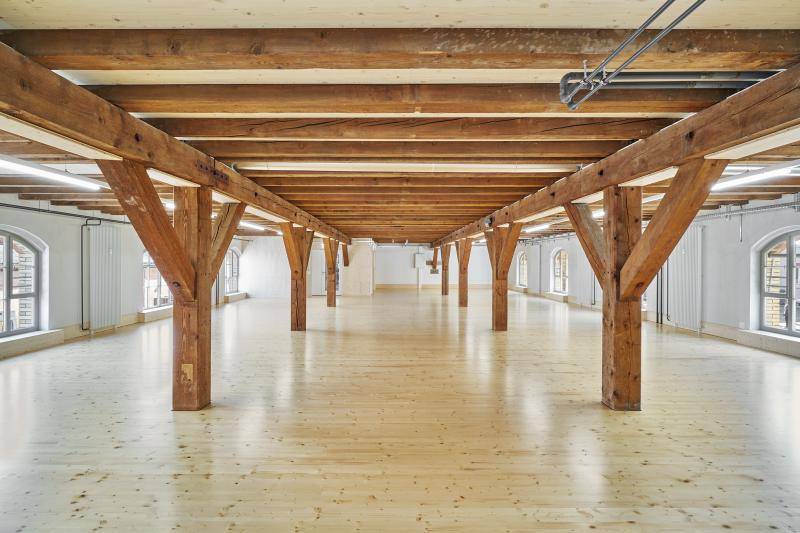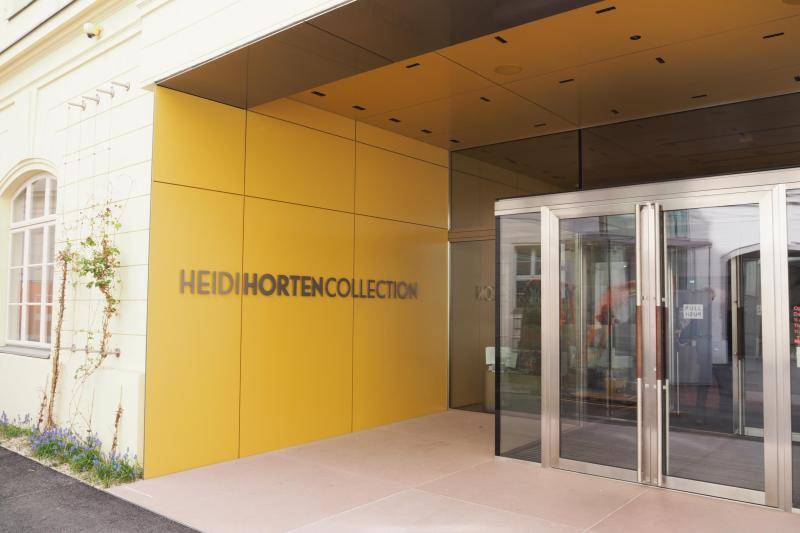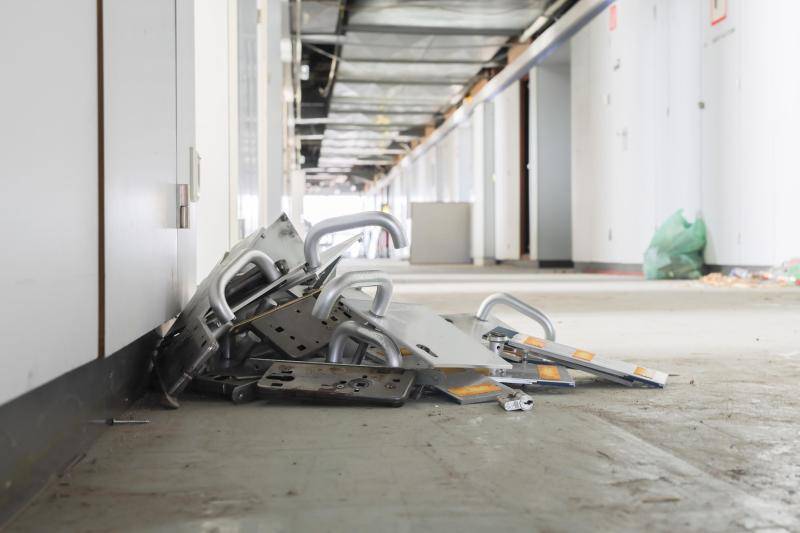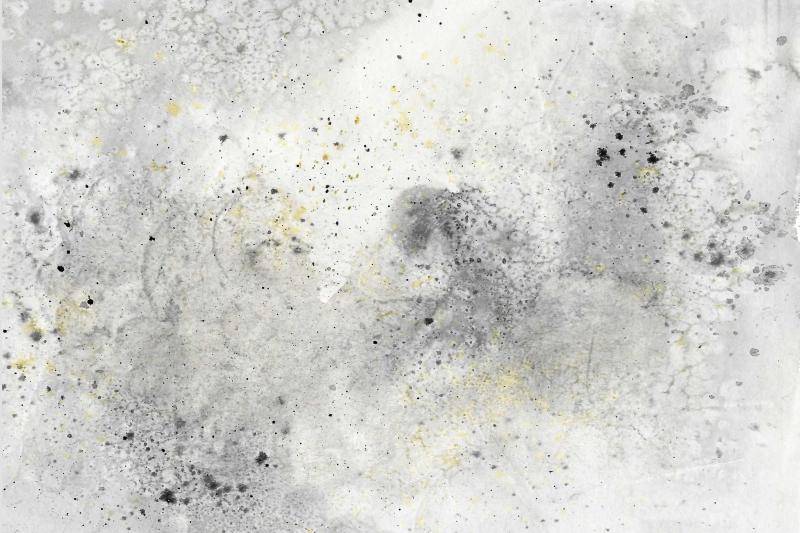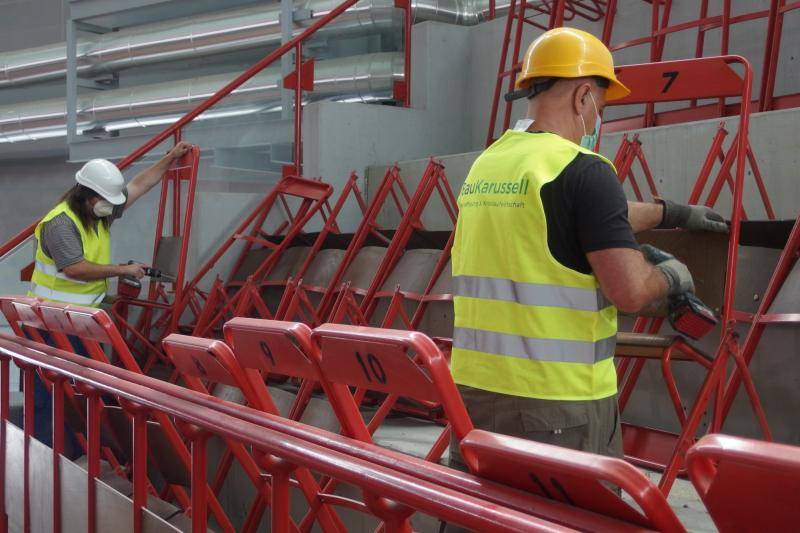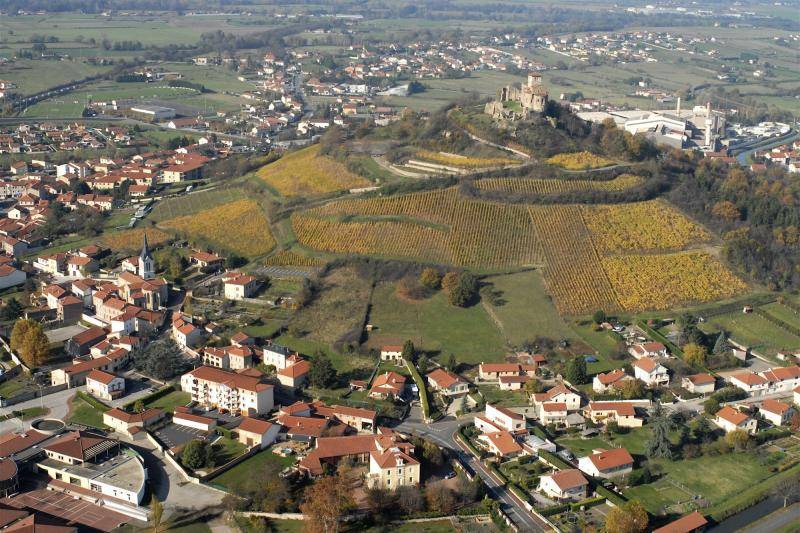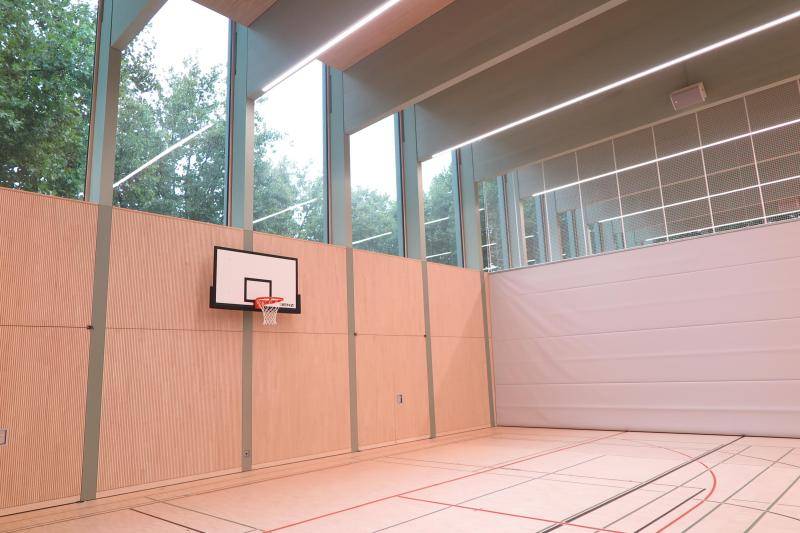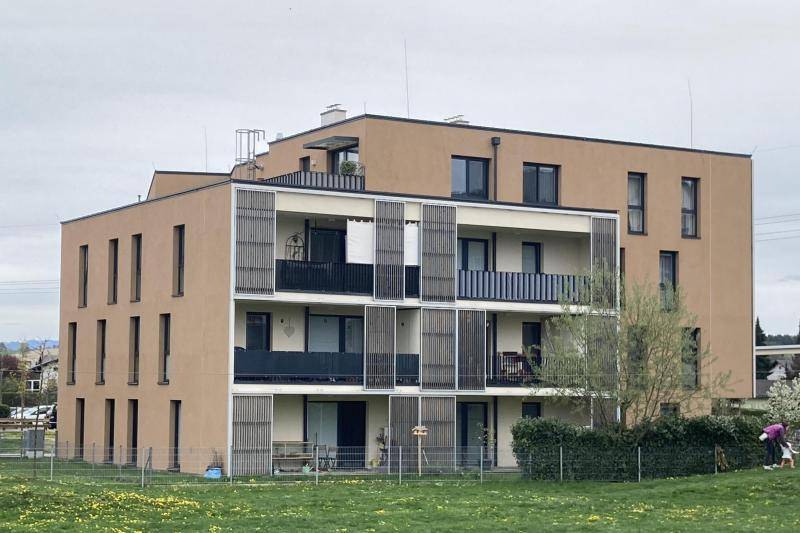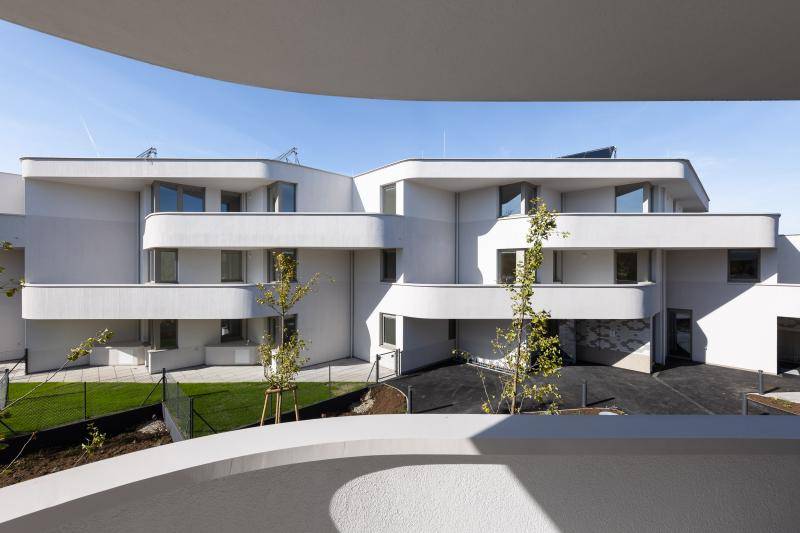CIRCULAR TIME LAB - Lucerne Summer
Circular Time Lab is a three-year design-build project by the Lucerne University of Applied Sciences and regional timber SMEs. Following the principles of the New European Bauhaus, it brings together academic design knowledge and hands-on craftsmanship: architecture students and apprentices co-create and reconfigure temporary timber structures at urban sites in Lucerne - making circularity visible, tangible, and testable in real time.
2025 - 2027
Institute of Architecture (IAR)
Competence Center Typology & Pylanning in Architecture (CCTP)
Cooperation between Lucerne University and regional SMEs
Timber, steel & fabrics
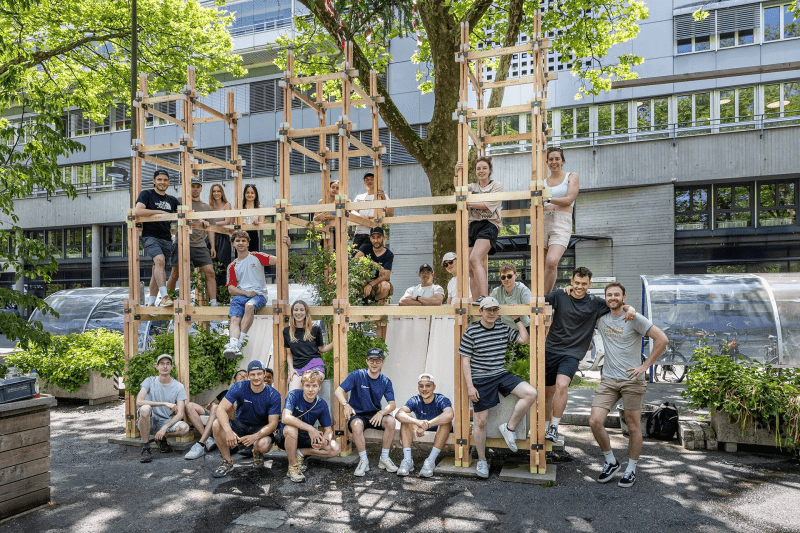
CIRCULAR TIME LAB - SHAPING CIRCULAR PRACTICES IN LUCERNE
Circular Time Lab is a three-year design-build project by the Competence Centre Typology & Planning in Architecture and the Bachelor’s programme in Architecture at the Lucerne University of Applied Sciences and Arts. From 2025 to 2027, second-semester architecture students collaborate with apprentices from regional timber construction companies to plan, build, dismantle, and reconfigure experimental timber structures in public spaces across Lucerne. The city becomes a laboratory where circular construction practices are explored, tested, and made visible—right in the everyday urban context.
The project brings together two key drivers for a future-oriented circular economy: academic design thinking and hands-on craftsmanship. By enabling students and apprentices to work side by side, Circular Time Lab turns theoretical concepts into physical experiments, while also fostering interdisciplinary dialogue and mutual learning. The goal is to make circular construction tangible, practical, and dynamic—developed not in abstraction, but in action.
Each year of the project follows a complete cycle: structures are conceived and built in spring, dismantled in autumn, and then reassembled in altered form the following year. This time-lapse model intensifies the rhythms of building and unbuilding, allowing both users and designers to understand circularity as an iterative and adaptable process. With every cycle, construction and reuse strategies are refined, spatial solutions evolve, and material lifespans are extended.The first edition in 2025, titled Lucerne Summer, focused on creating three temporary timber structures that responded to specific microclimatic and urban conditions. Freely accessible and integrated into the public realm, they offered temporary value to Lucerne’s residents while sparking conversations about sustainability, reuse, and the potential of timber in urban contexts. Future iterations in 2026 and 2027 will build on these insights, always adapting to new ideas, materials, and uses.Circular Time Lab is also a platform for regional collaboration. Involving local SMEs from the timber industry, the project showcases how education and practice can come together to drive innovation. From the very first week, students work with timber at full scale in joinery workshops, supported by skilled apprentices and trainers. Material testing, connection techniques, and fabrication are all integral to the design process—turning limitations into learning moments and construction into creativity.
At a broader level, the project serves as a living lab for applied research. As a pilot within the international cooperation project BAUHALPS – Building Circular in the Alps, it connects Lucerne to a larger Alpine discourse on sustainable architecture. Insights from past research projects, such as circularWOOD (in collaboration with TU Munich), are actively incorporated into the process, ensuring a strong feedback loop between practice and theory.As the project unfolds, key challenges and discoveries emerge: difficulties sourcing reclaimed materials, the dependency of reuse on disassembly methods, or surprising design breakthroughs—like borrowing fastening ideas from mountaineering. These moments reflect the power of circular thinking when paired with open experimentation and local knowledge.
In the end, Circular Time Lab is about enabling transformation through action. It empowers the next generation of builders and designers to rethink material cycles, collaborate across disciplines, and shape a more sustainable future from the ground up. Circularity begins not on paper, but in the act of building—together, here, and now.
NEW EUROPEAN BAUHAUS (NEB)
- Sustainability: Embedded in the circular economy through the reuse of materials, sustainable timber construction, and low environmental impact.
- Aesthetics: Merges design quality with cultural and regional heritage, integrating aesthetic and technical elements within the Alpine context.
- Inclusion: Located in public spaces and involving students, apprentices, and local communities, the Lab fosters accessibility, knowledge sharing, and regional engagement.
GENIUS LOCI
The Circular Time Lab draws deeply from the local context of Central Switzerland, where building culture, identity, and craftsmanship are closely interwoven. The project activates the Genius loci not only through material resources—namely locally sourced timber—but also by engaging a central human resource: the next generation of designers and builders.Rooted in the region’s strong tradition of architectural individuality and craftsmanship, the project brings together architecture students and apprentices from local timber companies. This collaboration reflects the specific Swiss system of dual education, which values both theoretical knowledge and practical skill, and mirrors the structure of the local building economy—characterised by small and medium-sized enterprises that flexibly combine tradition and innovation.The building techniques tested within the Circular Time Lab blend traditional joinery and timber construction knowledge with contemporary methods of circular design. Structures are planned, built, dismantled, and reassembled within a compressed timeframe, allowing participants to explore how place-based knowledge—about material flows, construction culture, and climate—can inform future-oriented design processes.In doing so, the project responds to a shifting understanding of architectural identity in Switzerland: from formal expression to systemic responsibility. It asks not just how architecture represents place, but how it acts in place—socially, materially, and culturally. Circularity becomes a medium for reinterpreting long-standing building traditions in light of ecological and societal transformation.
Text: © Lucerne University of Applied Sciences and Arts
